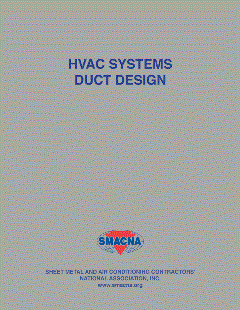Al Ward, vice president of Global Sales for Daikin Applied, explains the role of HVAC systems in helping buildings reduce their carbon footprint.
In zero carbon emissions buildings, what is the role of HVAC systems?
Whether it is remodeling existing buildings or new buildings, the architect and his consultants play the most important role in developing initial building design strategies which will result in the lowest possible and justifiable energy cost.
Note the word “justifiable” as there may be cases where zero net carbon is obtained but the initial first cost is prohibitive. As HVAC manufacturers, we would be working hand in hand with the consultants offering suggestions and equipment selections based on system types in line with the building design strategy.
When it comes to energy efficiency in commercial buildings and achieving levels of energy certifications, is VRF a viable option or is ductless the way to go? Why or why not?
Determination of system type is an integral part of the initial building design strategy. VRV systems can be a viable system provided this system meets the intent of the initial building design strategy.
Is Daikin seeing a rise in demand in products and assistance to reach zero carbon emissions?
Yes, we are seeing a rise in requests for more efficient products not only at 100 percent load but throughout the operating range of these products.
For instance the Daikin Applied Rebel rooftop with part load efficiencies, or IEER, that lead the industry and the inverter compressor technology that allows the Rebel to run efficiently across the entire range of the DX cycle instead of at discrete points like staged equipment. In addition we have develop control systems that can continually monitor a unit’s performance to insure minimum energy consumption, like our Intelligent Equipment platform that lets a building owner know historical and real time power consumption relative to conditioning performance.
We are also seeing a shift in system selection to heat pump and heat recovery systems, as highlighted by our Rebel rooftop with an industry leading 3-20 ton heat pump with inverter offering and integral energy recovery (no boilers or minimum use of a boiler) as this is a very effective means of helping the end user obtain a net zero carbon building.
This story originally appeared in the June 2019 issue of SNIPS magazine.










